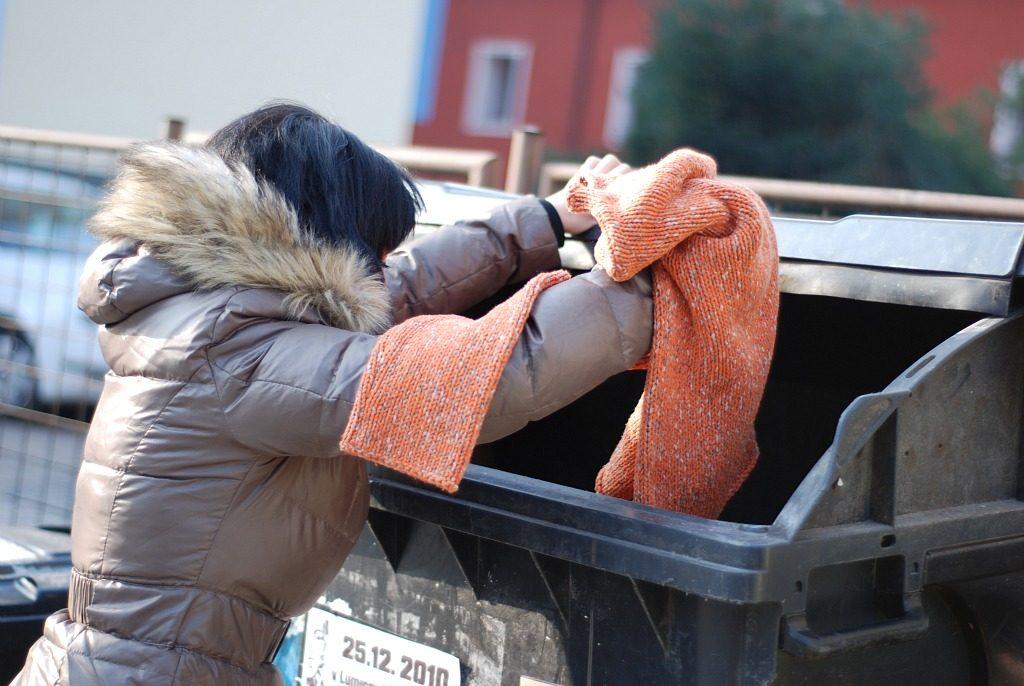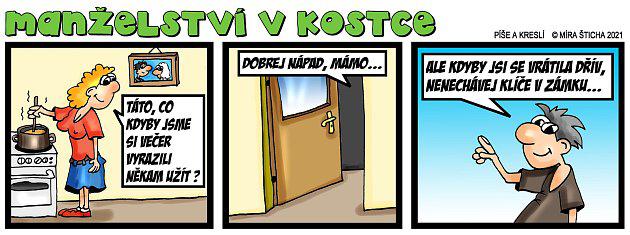The never-ending story of recycling applies to both cans and textiles. Where and where do the materials travel from?<
The never-ending story of the can
Czechs have recently improved by leaps and bounds, especially in sorting metal packaging. "Last year we recorded a record number, which was almost double the number of the previous year," says Radim Mana, press spokesman for Prague Services.
In 2019, each resident of the Czech Republic sorted an average of 14 kilograms of metals, and recycling of metal packaging reached 57 percent.
Discarded metal packaging is divided into ferrous and non-ferrous in the sorting center, explains Lukáš Janda, head of the sorting centers. "Ferrous metals are mostly food cans, and non-ferrous metals, especially aluminum, are beverage cans."
The advantage of metal packaging is almost endless recyclability. On the line, impurities are manually selected, metal waste is divided according to material, completely free of impurities and compacted. Then it travels to customers. "A can can be a can again," sums up Mana.
Tens of millions of tons per year
People around the world buy nearly 60 million tons of clothing every year. At the same time, global statistics say that only one percent is recycled into new clothes. The fate of the rest often ends up in incinerators or crushing machines - most often in Africa or Asia.
Textile recycling is particularly difficult for combining different types of material. Therefore, it is still mainly sorted by hand. At the same time, picking clothes according to materials is laborious and requires a qualified workforce, explains Lenka Harcubová from the environmental charity company.

According to Vladimír Kočí, dean of the Faculty of Environmental Protection Technology at the University of Chemistry and Technology, we should therefore think about whether we really need it when buying clothes: "It used to be common for clothes to be sewn. That's somehow below the level of an ordinary person today, and it's actually a shame."
Textile fiber from plastic bottles
There is only one company in the Czech Republic that deals with the production of polyester fiber from plastic bottles. In South Bohemia, Silon mainly produces textile materials for the automotive industry, but also hygienic and filter textiles.
"Polyester began to be produced as a substitute for sheep's wool," explains manager Jana Kadlecová. The final product – elongated fiber from crushed PET bottles – is very similar to sheep's fleece before processing.
The company buys plastics from a Polish supplier, from where plastic waste from the sea is also brought to the Czech Republic for processing.
Battery? Sometimes it cracks somewhere
A record number of used batteries were also handed over to the Czechs last year - a total of 1,700 tons. Nevertheless, less than half of the pieces sold are still returned to circulation. Battery recycling takes place in the Czech Republic, for example, in Kladno.
The process itself must be carefully monitored, explains a local mechanic: "When it cracks somewhere, we have to be more vigilant and find out where it's coming from." Some batteries are swollen and partially charged. Then there is a risk that it could catch fire. It rarely happens here, but then when more of them gather in one place, one has to be alert. We must respond to the strange sound immediately.'
Alkaline batteries, which contain iron or steel, zinc and manganese, constitute the largest number of sorted cells. Most types of batteries are exported for further processing outside the republic, mainly to Germany.
Glass recycling cannot be done without manual work
Glass is one of the most recyclable materials. Sorted shards are in great demand in glassworks, and today specialized sorting workplaces can supply glassmakers with shards completely free of impurities and sorted by color.
But it is demanding and very dusty work, which still cannot be done without manual sorting. "Various plastic, paper, porcelain, stones must be removed on the belt..." explains Petr Kmošek from the glass sorting plant in Nové Sedle.
From the belt, the glass travels to the crusher and then goes through the process of removing foils, labels and other impurities. The next stop is the dryer, from which polished and clean shards come out, and finally special optical technology plays its role, which has the task of discovering what was not captured in the entire sorting process.


 Tags:
Tags: Prev
Prev







